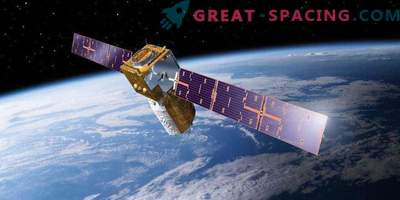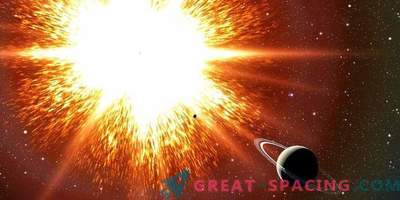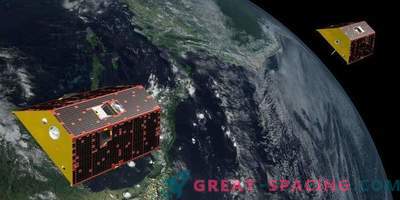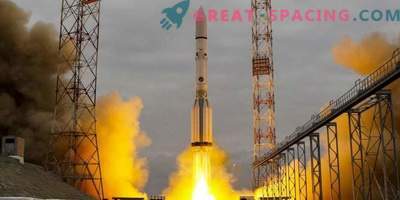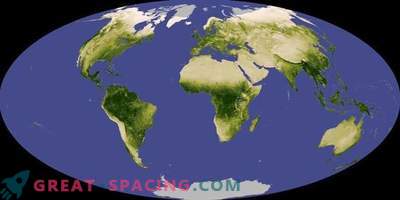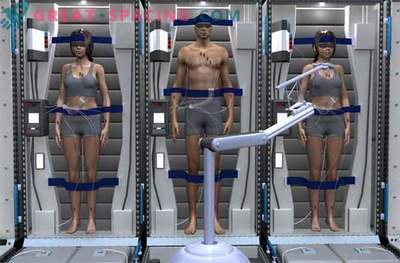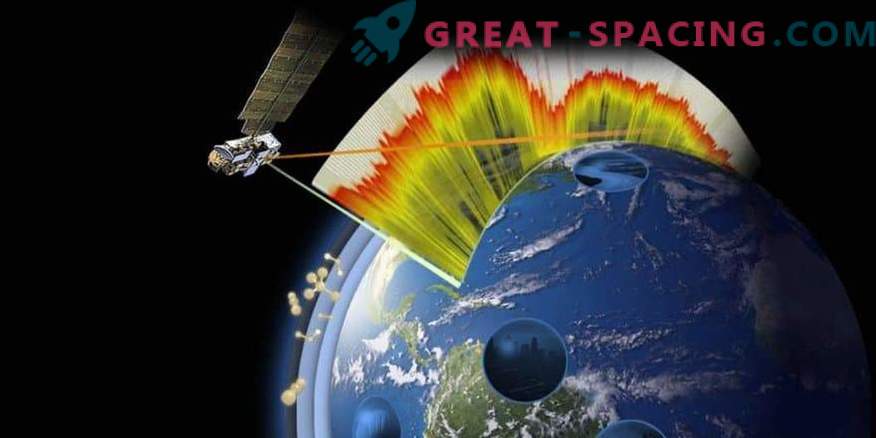
This shows the spectral signatures of ozone and other gases in the lower atmosphere from TES
On January 31, NASA completed the nearly 14-year program of the Tropospheric Emission Spectrometer (TES). The tool was created in 2004 and sent to the Aura spacecraft. TES was the first device to track ozone in various atmospheric layers from space. High-resolution observations made it possible to re-measure atmospheric gases, which changed our understanding of the terrestrial system.
Initially, the duration of the mission was to cover 5 years, but the device has surpassed itself. The mechanical lever began to be interrupted in 2010, which affected the satellite’s ability to continuously collect data. The TES operations team was adapted to maximize scientific operations in order to increase the data set. But the problem has become so serious that TES lost operations in half of 2017. This forced NASA to decide to stop using the tool.
Precise Earth Sounder
From the outset, TES was designed to fix ozone in the troposphere using a review with high spectral resolution of thermal infrared radiation. But TES uses a wider network, capturing the signatures of the spectra of other atmospheric gases, including ozone. This flexibility allowed the instrument to serve not only the study of atmospheric chemistry, but also the effects of climate change. One of the surprises was the measurement of heavy water - molecules consisting of deuterium (it has a large number of neutrons than ordinary hydrogen). The ratio of deuterium to normal water in water vapor allows you to understand the history of the steam mechanism.
Information about heavy water made it possible to better understand the water cycle. Although the nitrogen cycle raises more questions, but this element covers 78% of the atmosphere, so its transformations are important for scientists. TES was able to demonstrate the first measurement of the area of the main nitrogen compound, ammonia.
It was also found that another nitrogen compound, referred to as peroxyacetyl nitrate, can rise into the troposphere due to fires and emissions of human activity. The analysis shows that pollutants are able to travel long distances before settling on the surface and form ozone.
Three ozone images
Ozone is known for its many variations. In the stratosphere, it is considered useful because it protects the Earth from incoming UV rays. In the troposphere, activates two harmful functions based on altitude. At the ground level - a polluter, harming all living things. Higher in the troposphere, it is in third place in importance as a greenhouse gas, which delays the outgoing heat. TES data made it possible to study these varieties better and understand how they affect humans and climate measurements.
Air flows in the middle and upper levels transfer ozone not only over continents, but also across the oceans. A 2015 study showed that tropospheric ozone levels in the west coast of the United States were higher than expected. TES witnessed dramatic changes in the ozone forming gases. Stable calculations and the ability to resolve the tropospheric layers made it possible to separate the natural changes from those caused by human influence. The researchers also used measurements of the greenhouse effect of ozone, adding chemical meteorological models to quantify how global models of these emissions have changed the climate.
Influence
TES has become a pioneer mission that has collected a set of data when using new technologies that are now used on new-generation devices. In essence, TES has demonstrated the ability to obtain a concentration of atmospheric gases using interferometry in order to consider their molecular properties. This opened the door to new projects.
In addition, the TES team combined instrument measurements with indicators from other tools to create an expanded database and get more than the original set of observations suggested. Now, for example, they use information from CrIS and TROPO.
The methods created for TES ensure that the legacy continues after the device retires.
